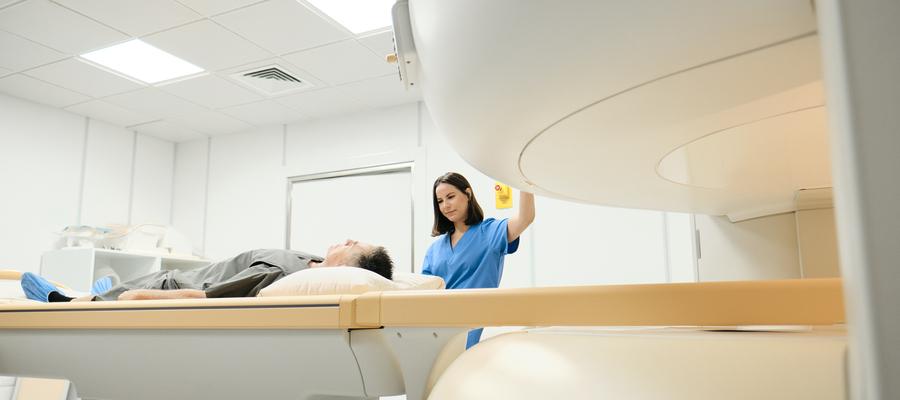AHA blog: Can collaborative efforts to improve device design improve safety?

Despite elegant efforts to design for safe use, rigorous standards and regulatory requirements, and lots of training of health care professionals, there’s still room to ensure clinicians are using medical devices correctly — especially in high-stress, high-risk situations. Earlier this year, AHA and the Association for Advancement of Medical Instrumentation brought together a small group composed of hospital and health system leaders, device manufacturers and policy leaders to explore how to make devices safer by design. READ MORE
Related News Articles
Headline
The Trump administration yesterday announced it issued executive orders authorizing 25% tariffs on all steel and aluminum imports. Importantly, both steel and…
Headline
The Food and Drug Administration Feb. 5 released an alert notifying patients of a safety concern using diabetes devices such as continuous glucose monitors,…
Headline
The Department of Health and Human Services Sept. 30 released a statement on the dockworker strike at ports along the East and Gulf coasts, saying that…
Headline
The Food and Drug Administration May 9 released final guidance clarifying the definition of “remanufacturing” for reusable medical devices needing…
Headline
The Government Accountability Office Dec. 21 recommended the Food and Drug Administration and Cybersecurity and Infrastructure and Security Agency update a 5-…
Headline
The Food and Drug Administration on Nov. 16 announced a new report from government contractor MITRE, Next Steps Toward Managing Legacy Medical Device…

